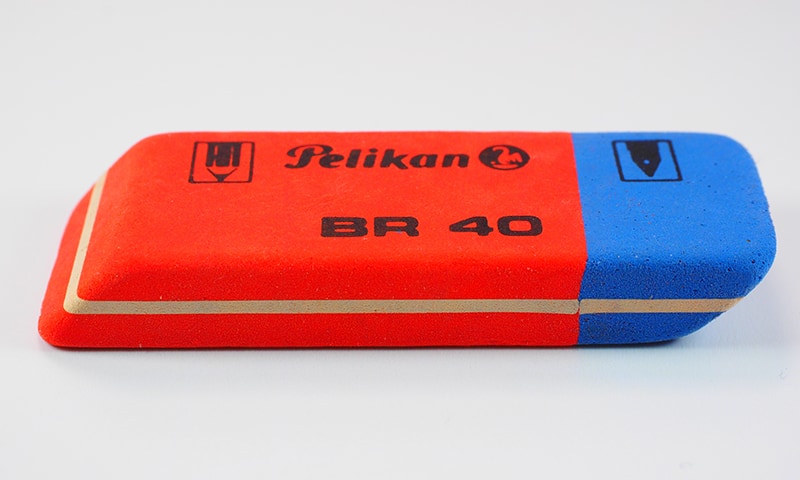5-Step Guide to Mobile Usability Testing

IT copywriter
Reading time:
Let’s imagine you came up with a mobile app idea, developed an app with delightful design, a convenient user interface, and useful features. Finally, you launch the app, but despite a powerful marketing strategy, users leave you in favor of competitors.
What’s going wrong? There are several reasons. One of the most likely issues is your mobile app’s usability issues.
To avoid this situation, to fix all the drawbacks in advance, and to optimize the app work, you need a carefully thought-out usability testing. Here is a step-by-step guide to mobile usability testing:
Step #1. Integrating a mobile app with an analytics tool
When you develop a mobile app, it’s best to build into the app a mobile analytics tools like Google Analytics, Flurry, Mixpanel, or another. After a while, in a week or in a month, the tool will inform you who used the app and how they used it.

For example, Flurry analyzes:
- Audience features (quantity, demographics, interests, geography, etc.)
- Frequency of user session
- Sessions & session lengths
- Navigation and events within the app (transitions between app screens)
- Errors
All of this data helps to find the paths that users take when using the app, the screens they leave most of the time and reasons for the users’ behavior.
Let’s suppose, a user leaves the app at the stage of filling a cart. What are the reasons?
- A user cannot understand how to fill out the main fields in the cart
- Not all the products are visible in the cart
- It’s not obvious whether payment was accepted or not
- In order to check the hypothesis of why users refuse to use the app, we need to test usability in accordance with various types of users and scenarios.
Step #2. Revealing type of users and scenarios for testing usability
Types of users and scenarios are effective tools for describing the app target audience. On the one hand, a user type is an abstract user or a theoretical representative of the audience segment. On the other hand, the user type is a personality with its own way of thinking, habits, and needs. Based on specific types of users, you can build different scenarios on how people use the app. Here is a possible scenario for using an E-commerce app:
- Running an app
- Creating a search query
- Choosing the best option from the search results
- Reading the characteristics
- Studying the reviews
- Making an order
- Receiving a notification about the shipment

When you’ve added an analytics tool to your app and have described the types of users and scenarios, it’s time to move forward.
Step #3. Turning to usability testing of your mobile app
In order to test the usability of your mobile app, you need to find several people who will be very similar to the types of users you described. Then you have to make a list of tasks for them such that the users will follow the required scenarios in the app. If your app has purchased, you should give the users a credit card for the experiment.
You also need to set specific goals for the users and watch what way they will choose to achieve the goal. To cover all the necessary info, you have to fill out the report form, including the points:
- Did a specific user achieve the goal when he/she was using the app?
- What problems appeared during testing? How much time did every user spend to achieve the goal?
- How much time did every user spend to achieve the goal?
Step #4. Analyzing the received data
You need to study the report forms after usability testing and analyze where complications occurred. UX design mistakes can be one of the reasons. Supersaturated UI, complex and unclear navigation, multi-stage registration – is very boring and frustrating. It feels confusing for the users and just prevents them from the intended actions.
Step #5. Conclusion and fixing errors
When you pool a list of critical errors, you need to improve the usability of the mobile app and then make a control test to be sure that the app works better.

Mobile usability testing is a very important part of the app’s popularity. It’s highly recommended to check the usability of the app during the prototype stage and after the release date. Moreover, you need to do usability testing twice a year in order to nail down the success and always be up to date with tendencies in mobile development.


Comments